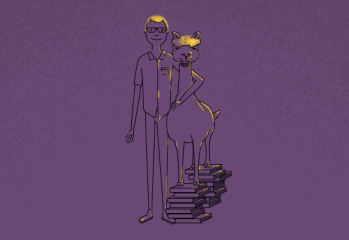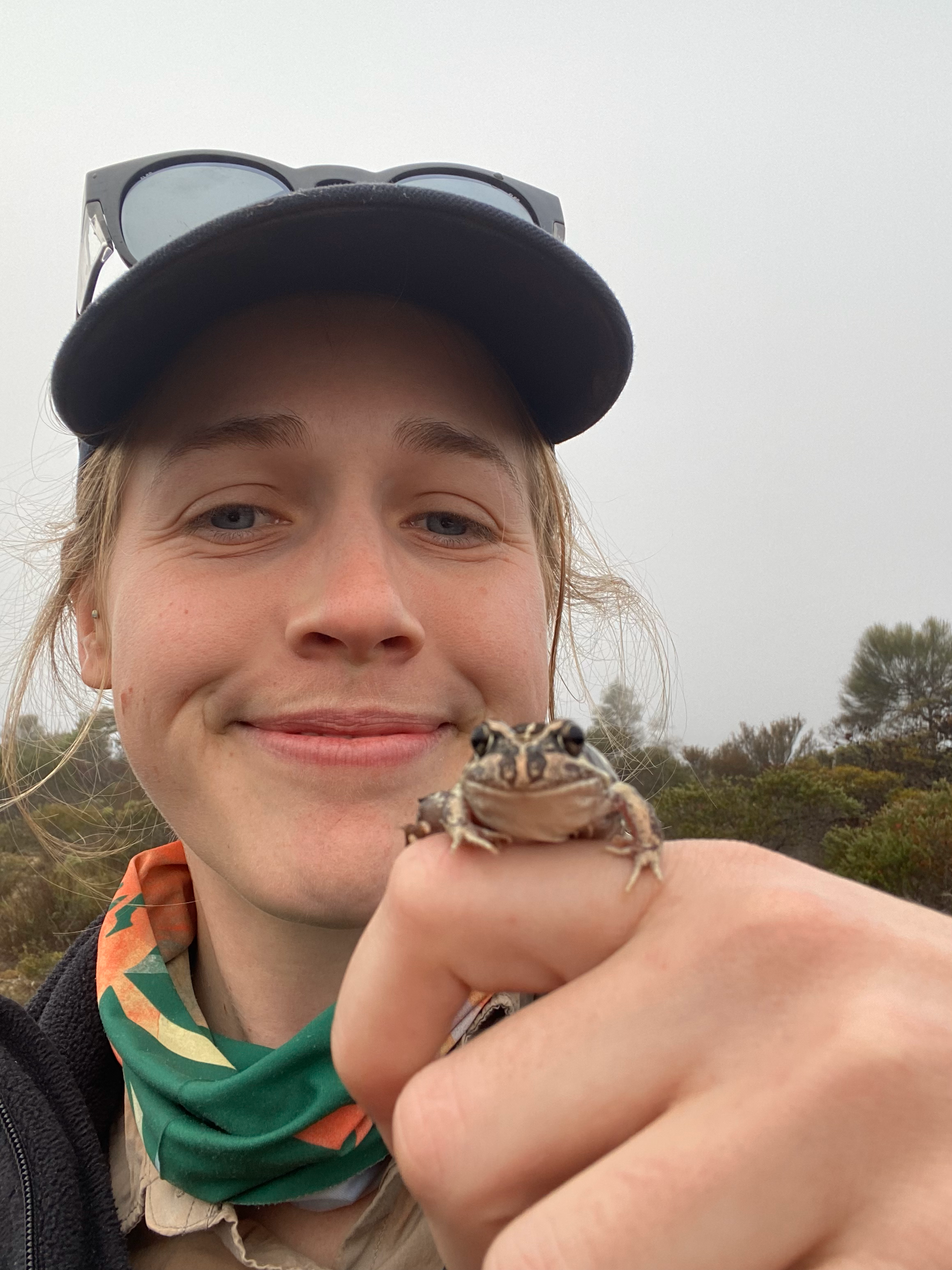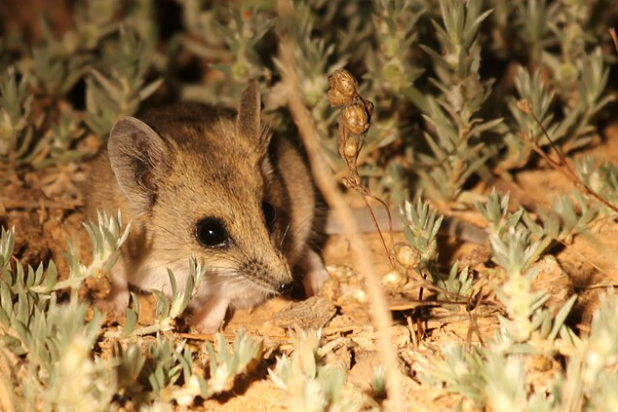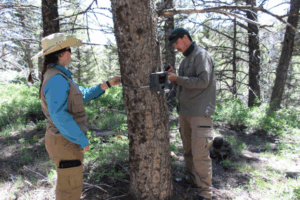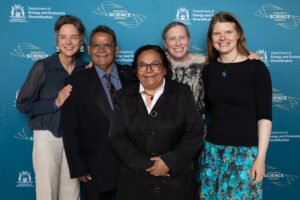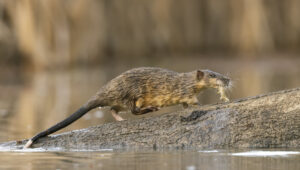On a frosty desert morning in the dunnart den, a little dunnart nestles up to a humble house mouse for warmth.
But this mouse should sleep with one eye open – come summertime, this mousey morsel might become dunnart dinner.
Although they often nest together with mice, dunnarts are marsupials and part of the carnivorous Dasyuridae family, which includes quolls and Tasmanian devils.
Australia is home to 19 dunnart species.
No bigger than the palm of your hand, they are small but mighty predators. They have long pointed snouts, big ears and sharp teeth. All the better for eating mice with, my dear.
Caption: Evolutionary tree of the Dasyuromorphia order
Credit: Kelly Hopkinson (not to be reproduced elsewhere)
Quick on their toes and even quicker at night, dunnarts are nocturnal and have a natural set of night vision goggles.
Their big black eyes can detect red to ultraviolet light – beyond what humans see – meaning they can hunt during the day and night.
SURVIVAL OF THE SMALLEST
Dunnarts are adaptable creatures and can be found in open woodlands, desert grasslands and anywhere in between.
To survive in these harsh environments, they keep a secret stash of fat in their tails, similar to a camel’s hump.
When food is plentiful, their tails swell up into a vital energy bank they rely on when food is scarce.
Caption: Dunnart tails act as a fatty energy source and can swell up into a carrot shape
Credit: Connor Margetts CC BY 4.0
POWER NAP PROS
Deep sleep is a survival skill for dunnarts.
When it’s cold or food is scarce, dunnarts can enter torpor – a mini hibernation – by slowing their heart rate and lowering their body temperature by up to 20°C.
This power nap can last for up to 10 hours, slashing their energy needs. Some mothers even do this with a pouch full of joeys!
MATING MADNESS
Dunnarts live fast and die young – literally.
During the breeding season when the dating pool is rich, male dunnarts will relentlessly pursue multiple females and sometimes even mate themselves to death.
Destined for life as a single parent, female dunnarts are strong, independent mothers who do it all.
Outliving their male counterparts, they can raise up to 10 joeys at a time – and often manage two litters a year.
The world record for shortest gestation period goes to the stripe-faced dunnart, speeding through a pregnancy in just 11 days.
Dunnart young are altricial, meaning they start out as underdeveloped jellybeans, no bigger than a grain of rice.
They remain in the pouch for a few months until they are promoted to the piggyback stage and can venture off into the big, wide world.
This fast-tracked reproduction helps maximise survival in a boom and bust environment.
Caption: Piggyback preschool – a fat-tailed dunnart mother carrying her babies around on her back
Credit: Ian R McCann, Museums Victoria CC BY 4.0
DUNN DEAL
After enduring blistering heat and scorching deserts and being the housemate from hell for unsuspecting mice, dunnarts may seem unstoppable.
Despite their resilience, they face relentless threats from bushfires, habitat clearing and predation by feral cats.
Caption: The critically endangered Kangaroo Island dunnart
Credit: Kangaroo Island Landscape Board CC BY 3.0
The Kangaroo Island dunnart is one of Australia’s most critically endangered mammals, and other species aren’t far behind.
Tiny but tenacious, these marsupials punch well above their weight in Australian ecosystems, and ongoing conservation efforts are key to keeping it that way.
